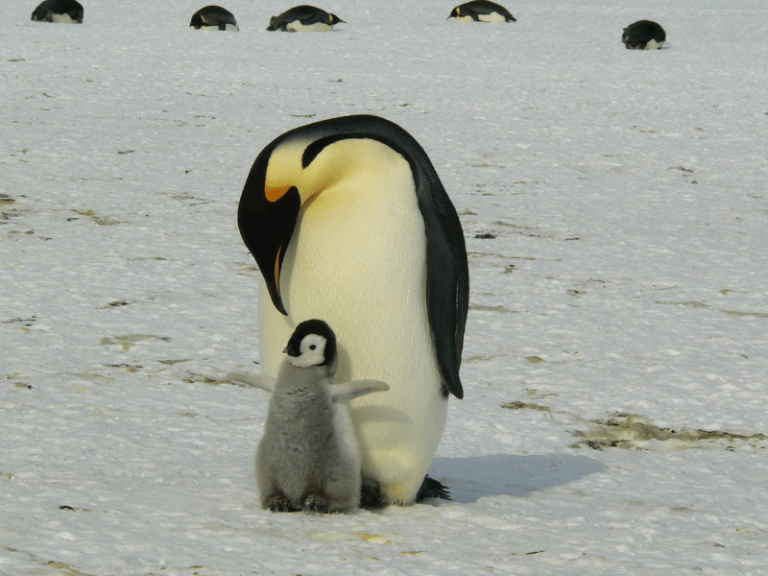People say that Antarctica is the coldest place in the world, and this is no exaggeration. According to reports from Antarctic research teams after years of investigation, the lowest winter temperature in Antarctica can reach -88.3°C.
The cold has covered Antarctica with a thick layer of ice. Investigations have shown that the thickest ice in Antarctica exceeds 3,500 meters, and even the thinnest areas are several hundred meters thick. The average thickness is no less than 1,000 meters. This thickly iced land has yet to reveal its true face! If this ice were to melt, the sea level of the world’s oceans would rise by more than 45 meters. Most of today’s farmland would be submerged, and many oceanic islands would be swallowed up! Fortunately, the ice here does not melt.
The harsh living conditions in Antarctica have forced most life forms, especially higher organisms, to withdraw from it. Among plants, only lower forms of life such as fungi and algae can survive; no seed plants have been found. In the animal kingdom, even though polar bears and walruses can endure the -80°C temperatures of the Arctic, they have not dared to face the extreme cold of Antarctica so far. Therefore, Antarctica truly deserves its title as the “silent continent.” But why have penguins chosen this “residence”? This has to do with the “family history” of penguins. First of all, penguins are one of the oldest types of aquatic birds. They likely settled in Antarctica before it was covered in ice. Their main diet consists of crustaceans and mollusks. The Southern Hemisphere has less land and more ocean, making it a rich domain for aquatic life. This abundant food source has made Antarctica an ideal home for penguins.
Secondly, due to millions of years of training in blizzards, these “old residents” of Antarctica have developed overlapping, tightly connected, scale-like feathers. This special “feather coat” is not only impermeable to seawater but also provides insulation that can withstand temperatures as low as -100°C. Additionally, their subcutaneous fat layer is particularly thick, which helps maintain body temperature.
Furthermore, due to the desolation of Antarctica, higher organisms cannot establish a foothold there; consequently, penguins face no competition from other species. Thus, Antarctica has naturally become a peaceful haven for penguins. It’s no wonder that when research teams or fleets land in Antarctica, penguins not only show no fear but also form groups to welcome and warmly greet the visitors. This vividly illustrates the saying “a newborn calf is not afraid of a tiger.”

